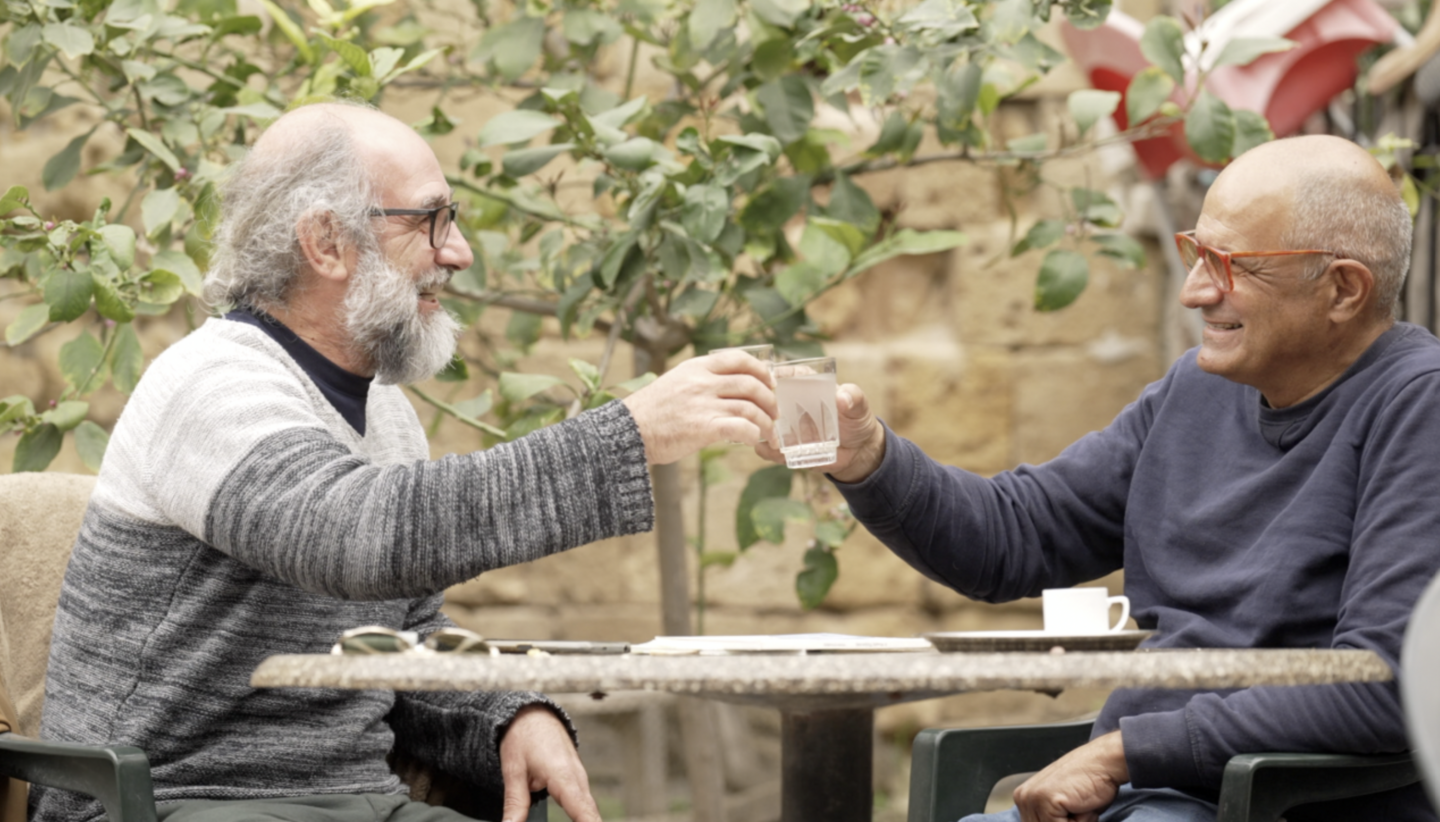A tale of two communities
Since the Turkish invasion of Cyprus in 1974, the island has been split in two, separated between the Greek and Turkish communities. Many futile attempts have been made to create peace and understanding, with a final goal of uniting Cyprus as one.
Is it possible to restore a cultural bond after such a long time of separation? Arguably, restoring a cultural bond between two fractured communities begins by recognizing and celebrating their shared history. By organizing events, workshops, or exhibitions that highlight the historical ties and common experiences of both communities, a platform is created for open dialogue and understanding. Exploring shared traditions, customs, and milestones fosters a sense of unity and belonging. Through storytelling, art, and collaborative projects that draw on these common elements, the communities can rediscover their shared identity and build bridges that mend the rifts of the past. One place is doing just that, called the The Centre of Visual Arts and Research (CVAR), and it’s attempting to apply this logic to the current situation in Cyprus, funded by the EEA and Norway Grants.
The mission of the CVAR is strongly supported by the Active Citizens Fund, a programme that aims to develop the sustainability and capacity of civil society and to promote active citizenship, democratic procedures and human rights. This support enables CVAR to organise numerous activities and educational programmes, which strengthen bicommunal cooperation and inter-cultural dialogue and create and maintain a climate of peaceful coexistence between the communities on the island. The fund's support is also key in the Centre's ability to take vital infrastructure upgrades, and several other steps aimed at increasing economic autonomy and energy sustainability.
When we founded the Centre of Visual Arts and Research in 2014, we wanted to bridge the divide between the ethnic communities in our country. Ermou street, known as the ‘green line’, divides Nicosia, the last divided capital. We couldn’t think of a better location for our museum. Dr Rita Severis, Executive Director, CVAR

The CVAR was formed in 2014,and is located in the heart of walled city of Nicosia. In the museum you’ll find a collection of paintings, antique costumes, a library and many other memorabilia related to Cyprus and its neighbours. A primary goal of the CVAR is to promote understanding and peaceful coexistence of the Greek and Turkish communities in Cyprus.
The EEA Grants allowed us to construct a physical space to bring together Greek and Turkish Cypriots to forge a shared Cypriot identity. Peace can only come through mutual learning and understanding – of our shared history, our differences as well as our similarities. Social cohesion is founded on this understanding.
Symeon Matsis, Board Member, The Costas & Rita Severis Foundation, Cyprus
One museum, one identity
In the museum, visitors can learn about the shared history of Cyprus in an intimate way, one that reenforces a shared identity of a divided island. Along with the artifacts the museum keeps, the museum is currently working on digitalizing more than 10,000 historical volumes, allowing for an easer access to Cyprus’ common history.

I’ve had the chance to bring our shared history to life through exhibitions, talks, concerts and other activities for visitors of all ages. When it comes to the younger generations, we have a responsibility to teach them to see and respect each other. To help them discover and appreciate their common heritage – together. Natasa Charalambous, Educational expert, CVAR, Cyprus
The events hosted offer dialogue that can mend historical wounds. These events, talks and concerts are also for the next generation. Young people have a fresh perspective and by allowing them to see both sides of this long divide, the cracks in the wall may begin to form.
Towards a path of understanding
Today, with continued funding support from the EEA Grants, CVAR continues to thrive as a physical monument to intercultural dialogue and bi-communal cooperation in Cyprus. By acknowledging their common history, these communities can forge a path towards healing, mutual respect, and a renewed sense of connection that transcends their differences.
 This article is part of the #OurStories campaign. The campaign looks at the vast variety of inspirational stories of projects and connections made possible through the EEA and Norway Grants. We will be sharing these stories on this website through articles and videos published on social media and Youtube. More importantly, #OurStories is a platform for the thousands of project participants who have in one way or the other been involved in projects made possible by the EEA and Norway Grants.
This article is part of the #OurStories campaign. The campaign looks at the vast variety of inspirational stories of projects and connections made possible through the EEA and Norway Grants. We will be sharing these stories on this website through articles and videos published on social media and Youtube. More importantly, #OurStories is a platform for the thousands of project participants who have in one way or the other been involved in projects made possible by the EEA and Norway Grants.
Follow us on social media(@EEANorwayGrants) to stay up-to-date on #OurStories and find more stories here.

